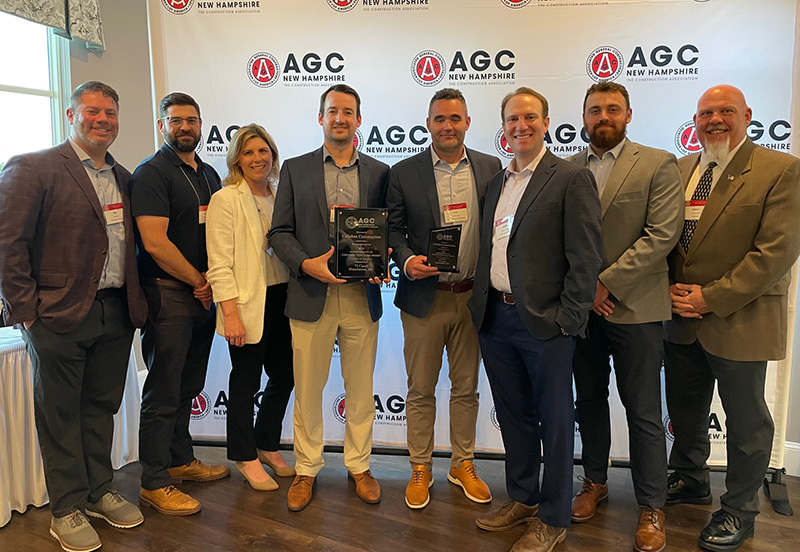News: Construction Design & Engineering
Posted: January 16, 2008
Energy Star's new glass is superior to generic low-e glass
Proposed revisions to the Department of Energy's Energy Star glass performance standards scheduled to debut as early as 2009 should make clear that generic low-e glass no longer represents a level of energy efficiency required to "transform the market", a key charter of the agency's Energy Star program.
Commercial developers interested in maximum energy efficiency and in achieving LEED Green Building Rating System certification need to know that not all glass is equally effective as a green construction and renovation product. They will benefit from increased awareness of alternative glass technologies that are superior to generic low-e insulating glass and available now.
Because generic low-e glass provides maximum insulating performance of about R-4 in a world in which R-19 insulated walls are the norm, there's a dramatic performance gap between what low-e glass provides and what green building practices promise in saving energy and reducing carbon emissions.
Despite heavily insulated walls and ceilings and the popularity of low-e glass, 25%-35% of the energy used in buildings is wasted due to inefficient glass. So, it should come as no surprise that glass is responsible for >10% of the total carbon emissions in the US annually and is a major contributor to global warming.
The truth is that low-e glass thermal performance has reached practical limits. A low-e coating reflects heat, reducing heat transfer between panes of glass and thereby improving insulation performance. The "e" in low-e, which stands for "emissivity", is the ability of a surface to radiate energy. Low-e coatings are rated for the amount of heat they radiate -- the lower the number, the less heat is radiated and the better the insulation performance of the glass.
Coated glass is commonly available today with emissivity ratings below 0.03, and lowering emissivity from 0.03 to 0.00 will have a negligible incremental improvement on window performance. Clearly, further improvements in glass thermal performance will not come from improvements in low-e coatings. Additionally, low-e coated glass has become a minimum performance baseline and no longer represents a path to "improved" energy performance. The incremental performance benefit of using low-e glass is ZERO, because it is already assumed as a required product.
Part two will appear in the February, 15th edition of The New England Real Estate Journal, in the CDE section.
Bruce Lang is vice president of marketing and business development at Southwall Technologies, Inc., Palo Alto, Calif.
MORE FROM Construction Design & Engineering
Nobis Group awards Robinson and Moreira STEM scholarships
Concord, NH Nobis Group, a 100% employee-owned consulting firm specializing in engineering and environmental solutions across the Northeast, has named the recipients of its 2025 STEM Scholarship: Andie Moreira of

Columns and Thought Leadership

Ask the Electrician: Is summer a prime time for commercial electrical maintenance?
The answer is “Yes!” While January marks the official new year, many businesses view September as a fresh start. This makes summer an ideal time for commercial property owners to schedule long-term electrical maintenance projects.

Careers in Construction Month focus on training and safety - by Joe Camilo
October is Careers in Construction Month, and rarely has it been more consequential. According to our chapter’s national parent organization, the construction industry needs to attract half-a-million new workers in the coming year to meet demand. Addressing that need is a huge job, but we at ABC MA are trying to do our part.

The design-build advantage: Integrated interior design solutions - by Parker Snyder
When it comes to corporate interior spaces for both commercial and industrial projects, partnering with a design-build firm with in-house interior design services can offer clients many benefits. Unlike traditional delivery methods where interior designers operate independently from the design and construction teams, often creating a longer project timeline as cost negotiations and revisions ensue

The rise of incubators and co-working spaces: The latest in life sciences - by Matt Combs
In recent years, the life science industry has witnessed a shift in how companies operate and innovate. One of the key driving forces behind this transformation is the emergence of incubators and co-working spaces specifically tailored to meet the unique budget and schedule needs of startups.







.png)